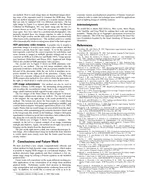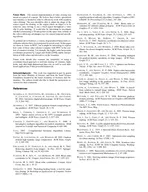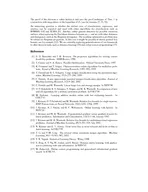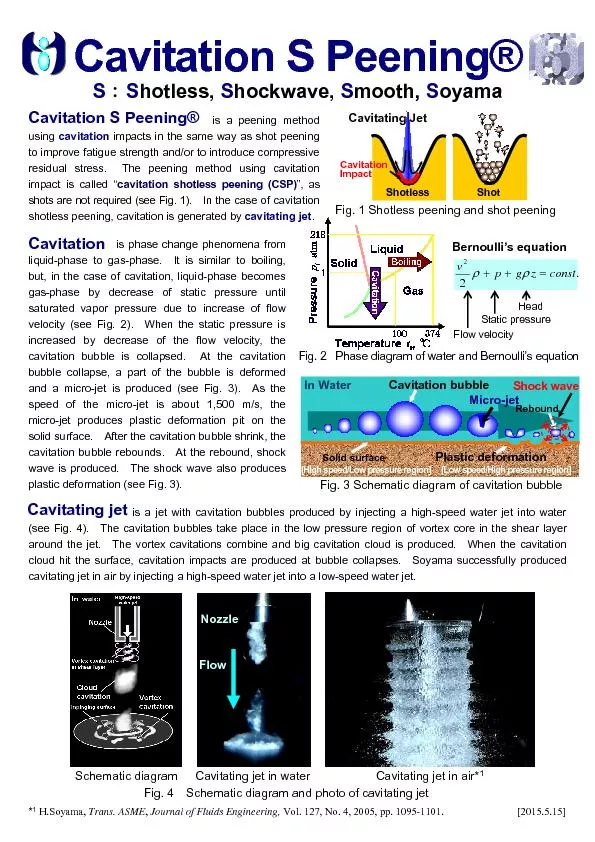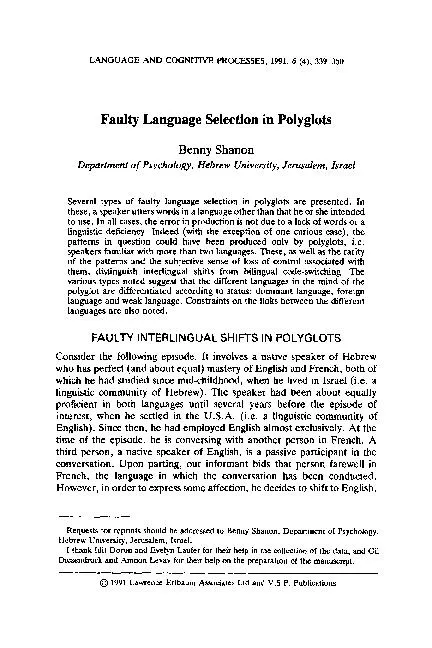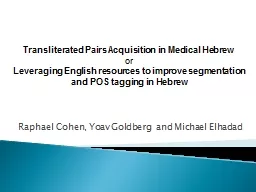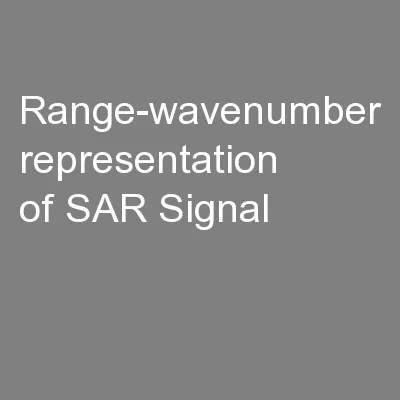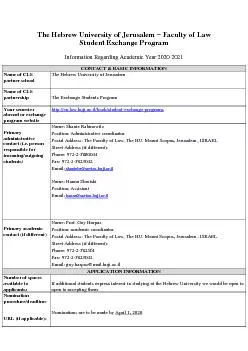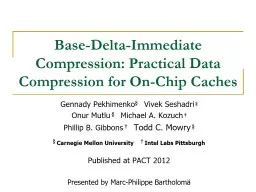PDF-Gradient Domain High Dynamic Range Compression Raanan Fattal Dani Lischinski Michael Werman
Author : yoshiko-marsland | Published Date : 2014-12-13
Our method is conceptually simple computationally ef64257cient robust and easy to use We manipulate the gradient 64257eld of the luminance image by attenuating the
Presentation Embed Code
Download Presentation
Download Presentation The PPT/PDF document "Gradient Domain High Dynamic Range Compr..." is the property of its rightful owner. Permission is granted to download and print the materials on this website for personal, non-commercial use only, and to display it on your personal computer provided you do not modify the materials and that you retain all copyright notices contained in the materials. By downloading content from our website, you accept the terms of this agreement.
Gradient Domain High Dynamic Range Compression Raanan Fattal Dani Lischinski Michael Werman: Transcript
Download Rules Of Document
"Gradient Domain High Dynamic Range Compression Raanan Fattal Dani Lischinski Michael Werman"The content belongs to its owner. You may download and print it for personal use, without modification, and keep all copyright notices. By downloading, you agree to these terms.
Related Documents

